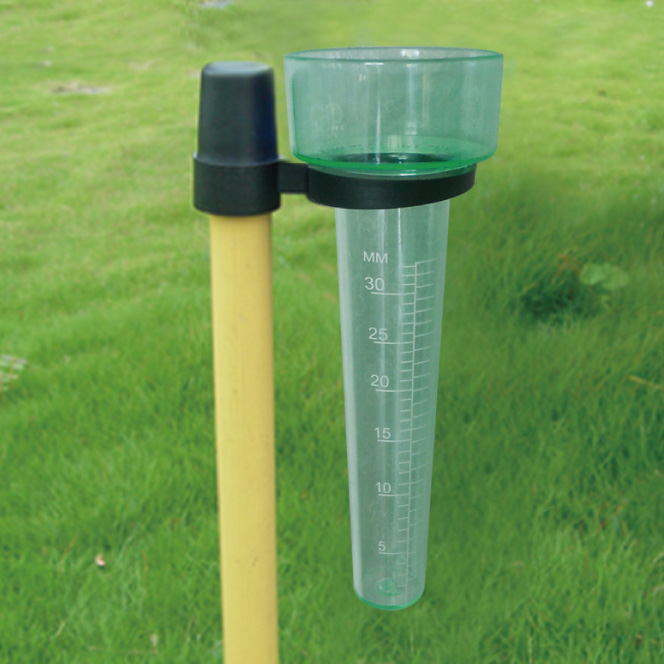The Rain Gauge: Enhancing Agricultural and Environmental Monitoring Efforts
The Rain Gauge: Enhancing Agricultural and Environmental Monitoring Efforts
Blog Article
DIY Rain Scale: Straightforward Actions to Make Your Own
Producing your very own DIY rain scale is a simple and reliable means to record and gauge rainfall. With just a few typical materials and some basic steps, you can easily build your own rain scale at home. Allow's obtain started on making your Do it yourself rainfall gauge today!
Gather Materials
To begin creating your DIY rain gauge, gather all the required materials using a comprehensive checklist of things. Having the ideal products on hand will make certain the successful creation of your rain gauge and allow for accurate measurements of rains. Gathering these materials beforehand will certainly streamline the construction procedure and guarantee that you have every little thing you need to develop your very own DIY rainfall gauge.
Prepare the Container

Mark the Dimension Increments
To precisely determine the amount of rains, accurately marking the measurement increments on your do it yourself rainfall scale is necessary. Without clear and specific markings, it would be hard to determine the precise quantity of rainfall collected in your rain gauge. Right here are the actions to note the measurement increments on your rainfall gauge.
First, select the unit of dimension that you wish to use. One of the most usual units for gauging rains are inches and millimeters. Utilize a permanent marker or water-proof paint to mark the increments on the side of your rain gauge when you have actually picked the unit. For inches, you can note every quarter inch or every half inch, depending on your preference. For millimeters, you can mark every 10 millimeters or every 20 millimeters.
When marking the increments, it is necessary to guarantee that they are evenly spaced and clearly visible. Make use of a ruler or determining tape to make certain accuracy and consistency. Additionally, make certain that the markings are immune to fading or massaging off, as direct exposure to the elements may create them to wear away gradually.
Area the Rainfall Scale Outdoors
The rain gauge must be put outdoors to precisely gather rains information. The area picked for the rain scale ought to be open and complimentary from any type of obstructions that can potentially influence the dimension of rains. It is vital to discover an area that is not obstructed by trees, buildings, or Click Here other frameworks that might block the rainfall from reaching the scale. This will make sure that the accumulated information is representative of the real rains in the area.
Additionally, it is critical to position the rain gauge on a secure surface area, such as a degree ground browse around these guys or a sturdy article. This will prevent any activity or tilting of the scale, which might lead to inaccurate measurements. It is likewise recommended to avoid positioning the scale near any type of sources of man-made water, such as lawn sprinklers or water drainage systems, as this might interfere with the precision of the dimensions.
Monitor and Record Rainfall Data
Routine surveillance and recording of rainfall data is vital for accurate information analysis and analysis. By maintaining track of rainfall dimensions, you can gain valuable understandings right into weather patterns, climate trends, and water source monitoring. To successfully keep track of and tape rains information, it is necessary to develop a regular and maintain regular techniques.
First of all, ensure that your rain gauge is placed in an open location far from challenges such as trees or buildings that may obstruct rainfall. In addition, make sure the rainfall scale is level and securely secured to stop any kind of activity that might influence the precision go to website of the measurements.

When taping the rains data, it is very important to keep in mind the date and time of each dimension. Make use of a ruler or a determining adhere to figure out the rains deepness in the rainfall gauge, and document this details precisely.
To guarantee the accuracy of the measurements, it is recommended to clear the rainfall gauge after each recording. This will certainly avoid any kind of overflow or dissipation from affecting succeeding dimensions.
Final Thought
In final thought, creating a DIY rainfall scale is a straightforward and functional method to monitor and tape-record rains information (The Rain Gauge). By following the steps detailed in this short article, you can quickly gather materials, prepare the container, mark the measurement increments, and place the rain scale outdoors. Routinely keeping an eye on and tape-recording rainfall data can supply valuable info for various objectives
Having the best materials on hand will certainly make certain the effective development of your rainfall scale and enable for precise measurements of rainfall.To precisely determine the amount of rainfall, accurately marking the measurement increments on your Do it yourself rain gauge is vital.The rain gauge should be positioned outdoors to properly accumulate rains information. The area picked for the rainfall gauge ought to be complimentary and open from any type of obstructions that can possibly influence the measurement of rainfall.In conclusion, creating a DIY rain scale is a easy and practical method to keep track of and tape rains information.
Report this page